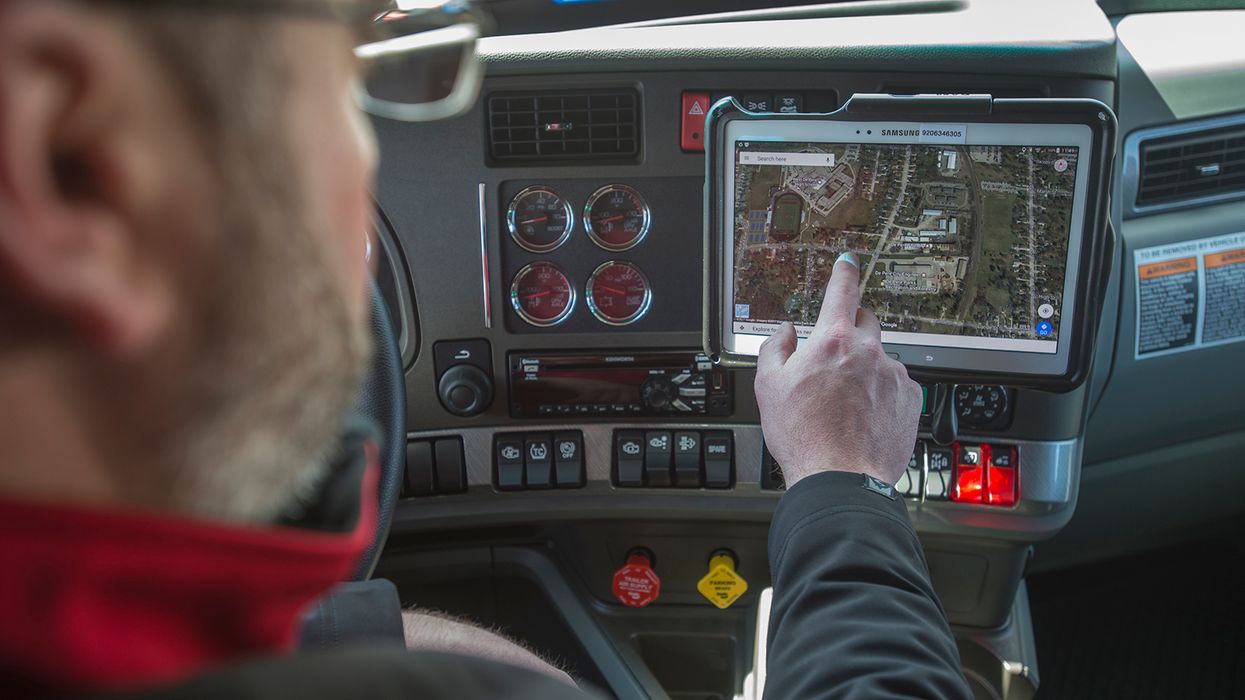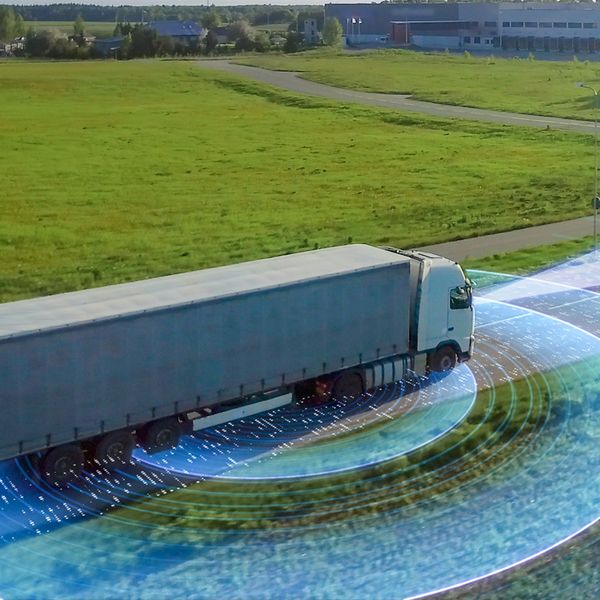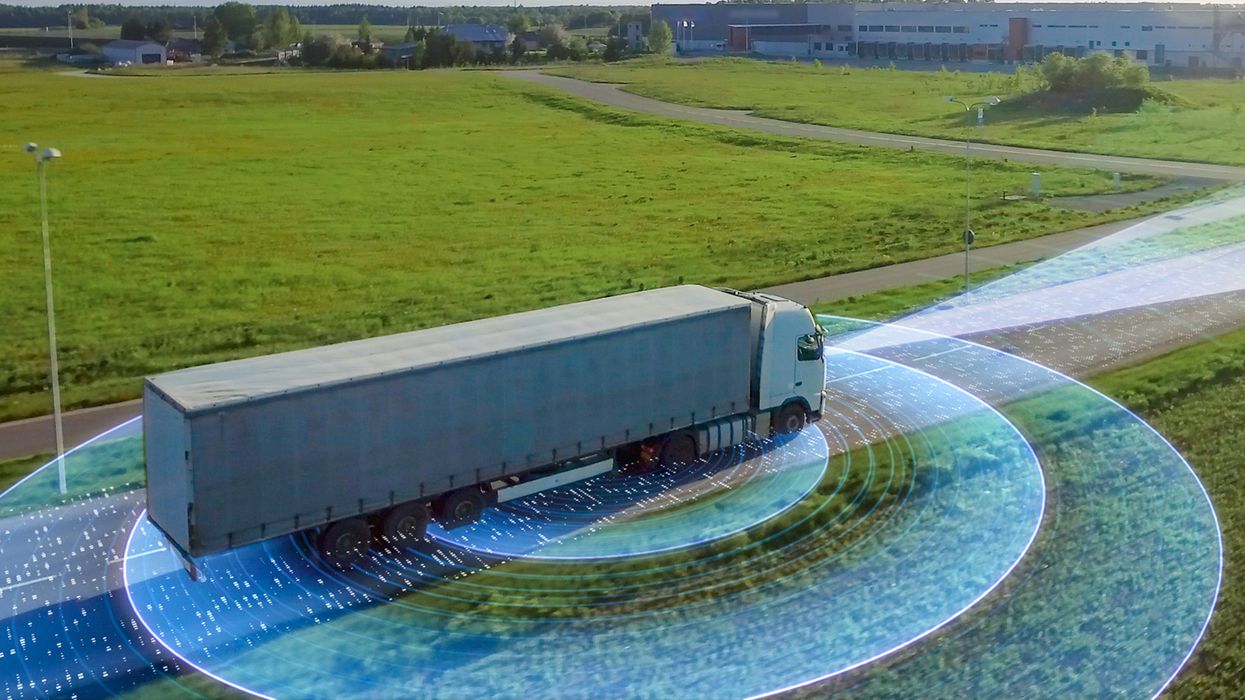5 ways artificial intelligence (AI) can drive efficiency and safety in transportation
Artificial intelligence is in the news every day, but is not well understood. AI allows computers to perform tasks that require human intelligence, such as decision-making, solving problems, and recognizing attributes of images or video clips. AI can instantaneously analyze data and recommend actions, which used to take weeks in many cases.
A challenge for transportation professionals is to focus the use of AI on:
- Reducing risk,
- Increasing efficiency,
- Enhancing relationships, and
- Improving profit margins.
5 AI applications and watchouts
AI can augment carrier capabilities in many ways beyond using a chatbot to answer questions for users of their website.
Five common uses of AI that carriers can adopt, along with watchouts to avoid, are:
1.Analyze driving behavior data: Machine learning algorithms can analyze data such as speeding, hard brakes, and following too close from electronic logging devices (ELD), vehicle electronic control modules (ECM), or video cameras. From the output, carriers prioritize corrective actions to avoid crashes and violations, as well as improve fuel efficiency. AI can also identify positive behaviors.
Watchouts:
- Failing to calibrate and monitor algorithms to avoid missing unsafe behavior patterns.
- Neglecting to provide positive feedback to drivers.
2.Optimize routing: AI can factor into dispatch decisions, traffic patterns, areas with higher crash or cargo theft rates, current and expected weather, loading/unloading delay times, and more. The automatic selection of the most efficient routes can maximize the productivity of the driver’s available hours-of-service (HOS), minimize driver fatigue, and allow for on-time, claims-free service.
Watchouts:
- Prohibiting drivers from having the right to refuse any unsafe work.
- Failing to implement a feedback process to ensure accurate data.
3.Automate workflow: Touchless order entry, automated driver check-ins, electronic vehicle inspections, and auto-processing of shipment documentation can reduce non-value-added work for drivers and office personnel.
Watchouts:
- Avoiding the use of small group pilots to ensure a smooth integration.
- Skipping periodic audits of accuracy for all workflow tools.
4.Implement predictive maintenance: Adjust preventive maintenance and part replacement schedules to account for actual component failure rates, extreme climates, urban versus highway driving, and other demands to avoid costly over-the-road repairs.
Watchouts:
- Having inadequate system training for users.
- Neglecting to adjust maintenance schedules as the data dictates.
5.Target driver retention actions: Identify drivers needing attention due to negative factors such as lower pay, reduced home time, negative interactions in mobile communications between drivers and support personnel, and other indicators of potential driver dissatisfaction.
Watchouts:
- Depending too much on alerts to prompt driver conversations instead of developing relationships.
- Neglecting to address user privacy concerns before using AI to screen messages.
In closing
There are more applications of AI in development. Used wisely, AI has the potential to make operations more efficient and cost-effective while improving safety and customer service.
Accurate data and continuous validation of models are essential to maximize the potential of AI. Also, transportation industry leaders, due to potential missteps that can occur when using AI, largely agree that humans must oversee and validate the use of AI.
Key to remember: Focus on the use of AI to improve business results and driver retention with human oversight.



















































